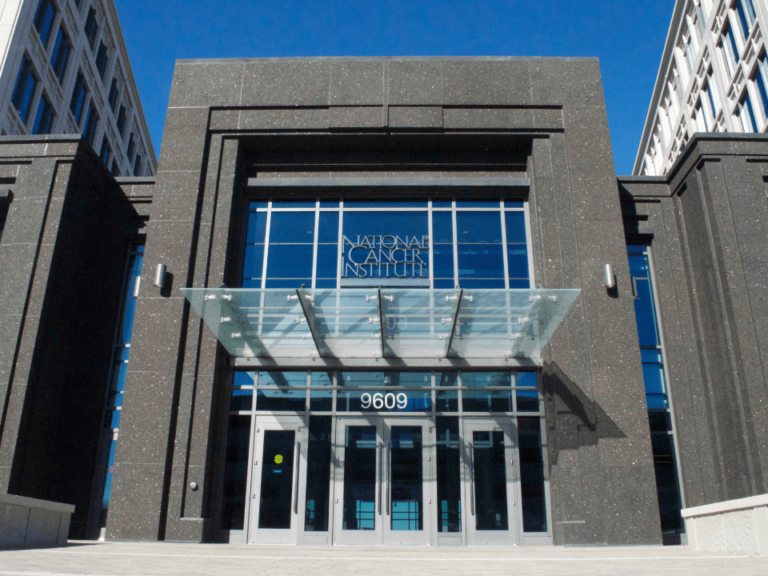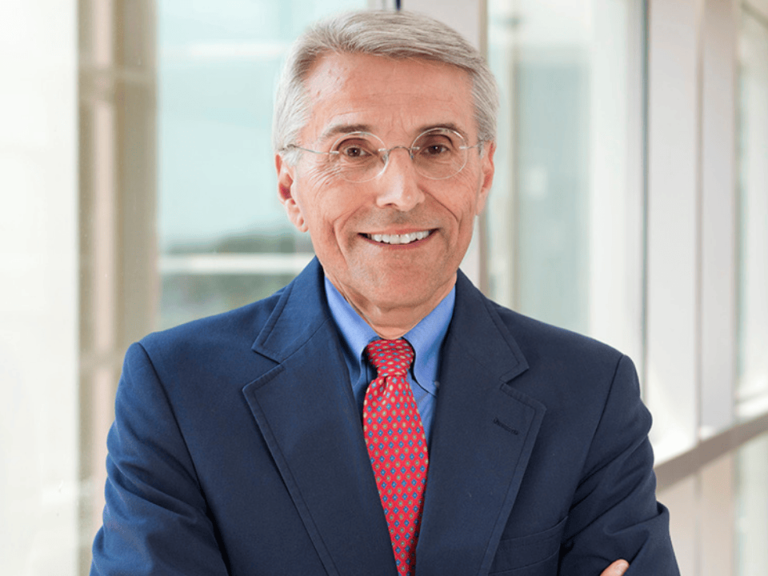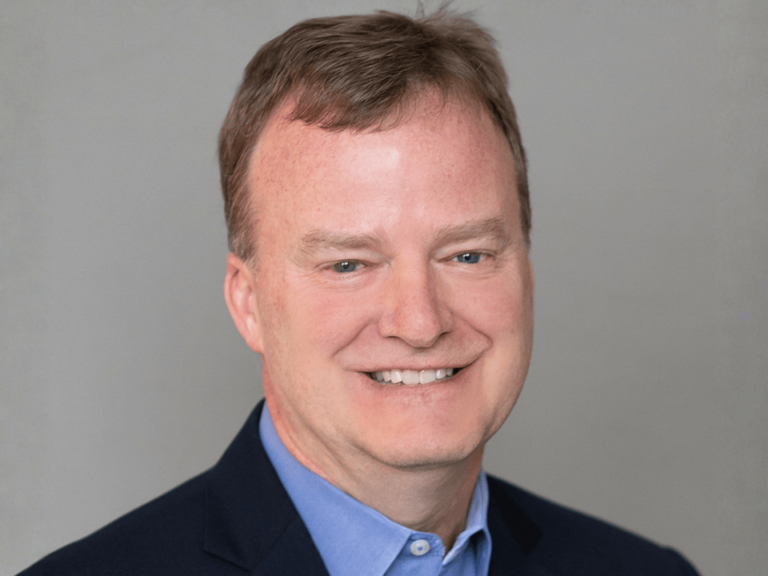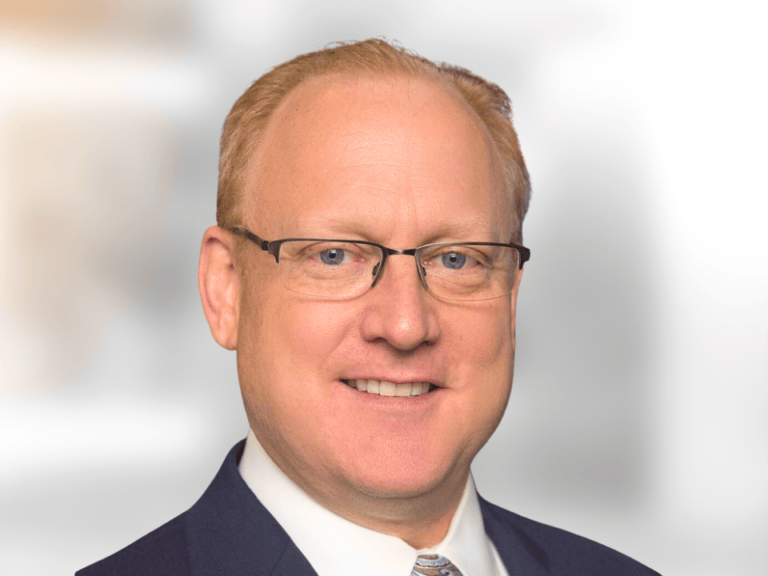Fourteen years ago, I was recruited to the University of Miami to develop a program in cancer disparities.
Despite being a Miami native, I knew very little about the local cancer landscape, so spent my first few months analyzing registry data to identify trends in disease burden.
That accomplished, I engaged local community stakeholders to help me make sense of what the data revealed and orient me to tangible research opportunity. I will never forget the lesson imparted in an early community meeting. A leader from Little Haiti, the largest enclave of Haitian settlement in the United States, said, “Mohammed isn’t going to the mountain. Honey, you better bring that mountain to us.”
This statement was, in many ways, my light bulb moment. It forced me to revisit my assumptions about research and identify a strategy, or compromise, that gave equal priority to my academic interests and community need. Now, many years later, I am still challenged to maintain that compromise and to ensure that my research and, more importantly, Sylvester’s strategy for community outreach and engagement successfully aligns catchment area need and the center’s scientific priorities. It is within this unlikely marriage between academic and community benefit that the idea for the Sylvester outreach vehicle was born.
An outreach vehicle isn’t an inherently unique idea. Many NCI-designated cancer centers and community hospitals have them and employ them as a way to bridge well-documented gaps in access to cancer education and screening. What may be distinct about Sylvester’s Game Changer vehicle, art aside, is that it is a physical manifestation of our Center’s commitment to the notion of translational research as service.
Certainly, the vehicle’s utmost goal is to fill gaps in local capacity for cancer prevention and early detection. However, it is also a mobile laboratory of sorts, critical in helping further contextualize Sylvester’s catchment area. All individuals who interact with the vehicle will be consented to research and asked to provide survey and biological data, which will offer de-novo insight into the distribution of cancer risk occurring within smaller, more meaningful geographic areas, such as neighborhoods. Sylvester’s catchment area, South Florida, is neighborhood-based, and it is within this geography that actual heterogeneity in ancestry, behavior, and environmental exposure can be observed and measured.
As a point of reference, South Florida is a four-county region that is home to nearly six million individuals. The area is broadly characterized by cancer disparity and lack of access to the formal healthcare system. Access to healthcare is challenged, in part, by the unparalleled diversity in race/ethnicity, ancestry, and culture that is the hallmark of South Florida. Nearly half of all persons living in this region were born outside the United States (mostly Latin America and the Caribbean), and more than a third speak a language other than English at home.
As the gateway to Latin America and the Caribbean, South Florida is easily accessible to immigrants, encompassing the full continuum of the wealthy elite to the most impoverished. Collectively, they seek safe harbor from natural disaster political oppression, or both, and settling in South Florida’s ethnic enclaves, such as Little Haiti and Little Havana.
In such places, the culture, language, even dietary preferences of one’s country of origin are reproduced and must be accounted for when entertaining the possibility of research and intervention.
The community remains our inspiration. Through ongoing collaboration, we are poised to nominate other innovative outreach strategies that ‘bring the mountain’ to people and places, disenfranchised by healthcare and research opportunity.
I learned this lesson early on when trying to engage leaders from Little Haiti in a conversation about the community’s excess burden of cervical cancer. My analysis of registry data had identified that disease incidence among Haitian women was four times higher than the rate observed for other women. I assumed that we (Sylvester) should staff a clinic in Little Haiti, which offered free Pap smears as a way to increase screening uptake and had figured out the institutional logistics and politics for getting this done.
When I proudly presented this idea to community leaders, they were not impressed. In fact, they sent me back to Sylvester with very bruised ego, admonishing me to “do better” and “think smarter.” In retrospect, I understand their reaction. I had presented myself that day in Little Haiti like an unwelcome dinner guest who has many, unsolicited opinions that are typically better left unshared. I never asked the community leaders about their perspectives on the data or to nominate potential solutions to address it. Rather, I naively thought I had all the answers. I had spent the bulk of my life pursuing formal education in science and didn’t yet realize that my many hours of coursework translated to a specific type of knowledge that had real, tangible boundaries.
Over the years, I have come to accept this limitation and approach community interactions from a place of humility, where I “talk less and smile more.”
Community members’ expertise, while often not cultivated by institutions of higher learning, is essential and must be married to academic knowledge for research to translate to actionable opportunity. This participatory approach to science is not always an easy pill to swallow. It adds significant time to an already laborious process, and for me, incites an internal conflict about how to best strike compromise between what is scientifically ideal and what is feasible for a community, given cultural, political, and economic factors that shape perceptions of research and its relative benefit for health.
Early on in my career, we tried to conduct a mail-based survey with a random sample of Miami residents to estimate the prevalence of local cancer screening practices. I had been taught that this approach was the gold standard for a population assessment of behavioral risk. I mailed over 4,000 surveys, and only two percent of potential respondents returned one.
Despondent, I asked one of my community partners to make sense of my experience after the fact. Laughing, he told me that if he had opened a letter from the University of Miami, he would have burned it as quickly as he could for fear that it was a trick from the Immigration and Naturalization Service, now Immigration and Customs Enforcement. Others that I asked voiced a similar concern as well as a skepticism about research, broadly.
I have come to learn that research is still a dirty word for many South Florida communities. In Little Haiti, many community members vividly recall the early days of the AIDS epidemic when Haitian ancestry was erroneously labeled as a risk factor, or one of the four H’s, for transmission.
Though the research documenting the increased prevalence of this then mysterious disease among Haitian immigrants was not inherently bad, the way it was manipulated by the media and others led to the legitimized discrimination of a group of people already very much living on the margins.
Other underrepresented communities also readily point to examples of so-called “parachute researchers,” who collected data with the sole intent of advancing their career sometimes at the expense of community benefit. I’ll never forget when a community member, now colleague, from Liberty City, a historical African American neighborhood, infamous for race riots in 1980, said, “We’ve seen your likes before. You tell us what we want to hear, so we give you what you need, and then you disappear as soon as you have it. We will not be your guinea pigs, too.”
Given this historical perspective and more recent concerns about immigration status, Sylvester has formalized a Community Advisory Committee that gives individuals traditionally disenfranchised from research a forum for ongoing dialogue about collaborative science. The CAC is comprised of diverse stakeholders, including patient advocates, civic activists as well as representatives from social service organizations, religious institutions, and local Federally Qualified Health Centers.
CAC members work closely with Sylvester leadership and members on various initiatives including, though certainly not limited to, our Game Changer vehicle.
In fact, Sylvester purchased the vehicle based on CAC feedback and designed it collaboratively with select CAC members.
Based on their input, the vehicle’s interior is divided into two areas.
The front, designed in collaboration with the University of Miami School of Communications, serves as a mobile, multimedia center to support interactive education about various cancer-related topics. It also includes a clinical trial search tool, developed by the UM SOC and our University’s Clinical Translational Science Institute that enables individuals to search for open research opportunities for which they may be eligible, as well as, participate in a “consent to re-contact” program for future research opportunity.
The back has two private rooms for consultation and cancer c screening. Screening tests and interventions will be selected based on scientific evidence, documented need (e.g., secondary data), and obviously, significant community input.
Remember my free Pap clinic idea?
Had I built that, no one would have come.
Despite my good intention, routine Pap smear screening runs counter to widespread, pluralistic interpretations of disease etiology in Little Haiti and other Afro Caribbean enclaves in Miami and elsewhere throughout the US. Many individuals in such communities hold views that simultaneously value the dogma of Western medicine and something like humoral theory, which dates back to Hippocrates. Prevention, according to humoral theory, necessitates achieving balance in bodily humors through teas and ritual baths, rather than an invasive physical exam. When my community partners suggested I “think smarter,” they expected me to recognize that my truth, or perspective, about health was not absolute.
Taking this lesson to heart, I am staffing the vehicle with four rotating certified Community Health Workers who are bi- or tri-lingual, indigenous to our target communities, and well versed in local norms and nuances surrounding the discussion of sensitive topics such as cancer and clinical research.
They have undergone extensive training on human subjects’ research, data collection, cancer screening, and how to successfully navigate individuals to local resources, as needed. Appointments for the vehicle can be made using an online calendar and/or by phone in English, Spanish, French, and/or Haitian Creole to accommodate South Florida’s linguistic diversity.
In its initial year, the vehicle will largely focus on four medically underserved communities throughout Miami-Dade County (Little Haiti, Liberty City, South Dade/migrant farm workers, and LBGTQ). In each community, we have identified a CAC partner to host the vehicle on a weekly basis.
Most partners are local organizations with deep roots in their community and an ability to mobilize their large social networks to capitalize on the vehicle’s services. The host site will helps promote the vehicle through culturally appropriate communication channels and extend Sylvester’s ability to link participants to other local resources and follow up, when needed. They also serve as the vehicle’s “community home,” which helps further dissuade persistent suspicion about research intent.
We don’t yet know how our outreach efforts, or the vehicle specifically, will impact cancer outcomes in our catchment area. This is one of our institutional goals and was a promise made to our CAC early on in the vehicle’s conceptualization. They demanded measurement as a way to document progress and further community buy-in for vehicle participation and Sylvester’s research mission, more broadly.
We are still figuring out how to be wholly responsive to this request and find creative metrics like growing social media presence (e.g., number of Instagram followers and/or re-tweets) that can serve as a marker of impact for diverse audiences.
I’m convinced— based on my experience thus far— that the real solutions for equity exist in the communities whose reality is characterized by the very disparity that we seek to change.
The community remains our inspiration. Through ongoing collaboration, we are poised to nominate other innovative outreach strategies that “bring the mountain” to people and places, disenfranchised by healthcare and research opportunity. I’m convinced—based on my experience thus far—that the real solutions for equity exist in the communities whose reality is characterized by the very disparity that we seek to change.
I am forever grateful to that community partner who spoke boldly and candidly when she challenged my ideas about science. In suggesting that I leave my privileged perch at the Cancer Center and engage the community in a community-centric manner, she reset my professional map and perhaps that of Sylvester.
Within the next month, pending IRB approval, we will literally be on the road, following this map, to realize the opportunity that her comments inspired and to bring cancer outreach and research to South Florida in an artful, unexpected manner. It is our hope that this will be one of many Game Changers.
We believe that this approach is innately scalable for Sylvester’s broader catchment area and potentially a global audience.
During a recent visit to Haiti, I was stuck in bottleneck traffic next to a brightly colored tap tap, or share taxi, that immediately made me think of the Game Changer vehicle and what it could mean in the context of a Low and Middle Income Country.
I then laughed aloud, after recognizing the obvious, aesthetic similarity between the tap tap and Sylvester’s Game Changer vehicle. My community partner’s ideas are increasingly the lens through which I see the world and the potential of what research can and should be.
We can only achieve the potential to move mountains, together.











